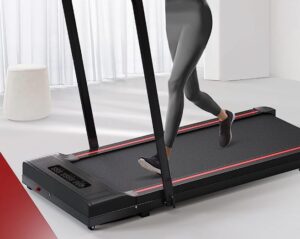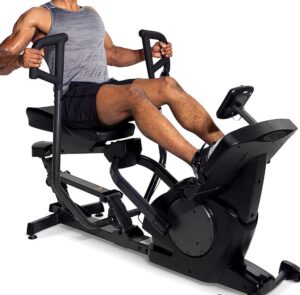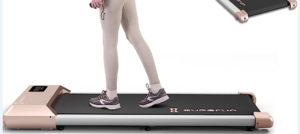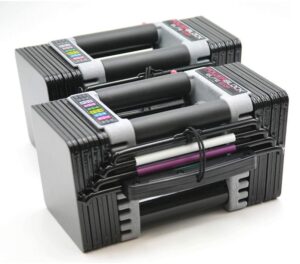How to Choose a Fitness Tracker
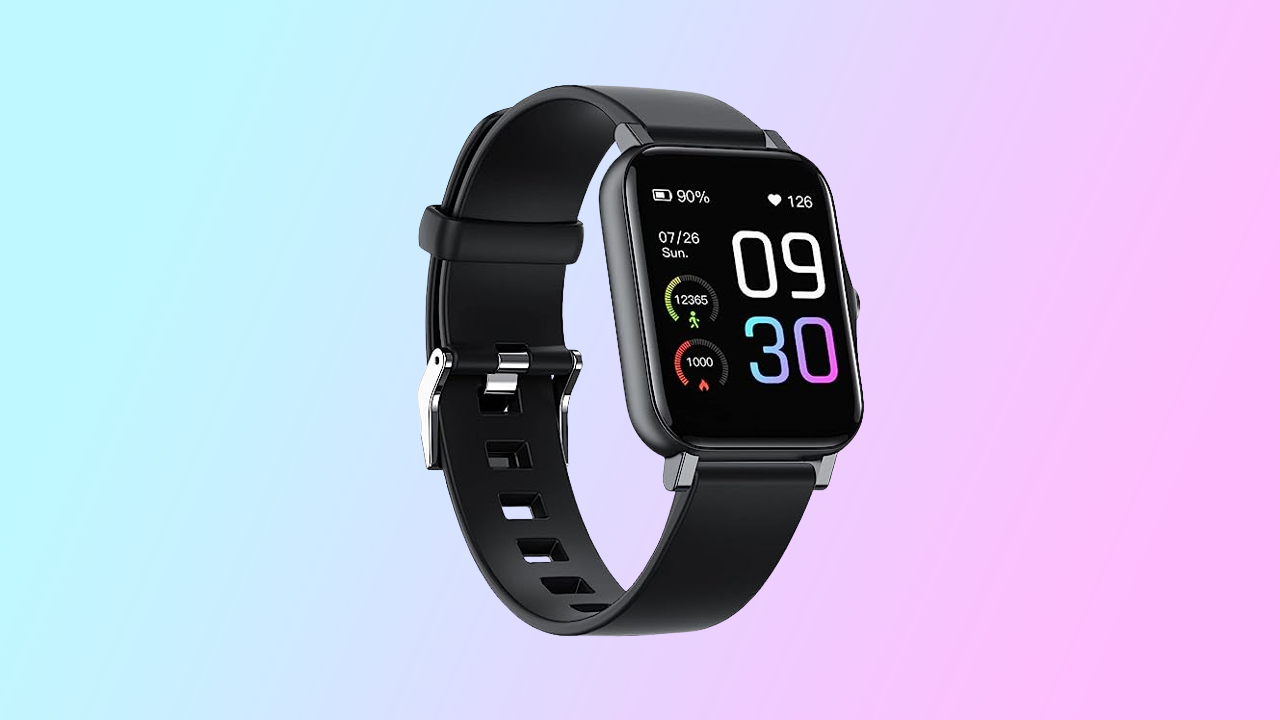
Fitness trackers have become increasingly popular as wearable devices that track physical activity, heart rate, sleep, and other health metrics. They can be valuable tools for individuals seeking to lose weight, improve fitness levels, or enhance overall health.
To ensure you select the ideal fitness tracker for your needs, consider the following steps:
Step 1: Define your fitness goals.
Before choosing a fitness tracker, clarify your objectives. Are you aiming to lose weight, improve fitness, or monitor overall health? Identifying your goals will help narrow down the options available to you.
For beginners, basic fitness trackers with features such as step tracking and calorie counting might be suitable. However, those more committed to fitness may prefer trackers with advanced functionalities like GPS tracking, heart rate monitoring, and sleep tracking.
Step 2: Assess your lifestyle.
Consider your activity level and lifestyle. Are you a regular gym-goer or just starting out? Do you engage in swimming or other water sports? Your lifestyle will impact the type of fitness tracker that suits you best.
If you lead an active lifestyle and sweat frequently, opt for a water-resistant or waterproof fitness tracker. Swimmers will require a tracker specifically designed for water activities.
Step 3: Prioritize desired features.
Determine the features that are most important to you. Do you require GPS functionality? Heart rate monitoring? Sleep tracking? Identifying these priorities allows for effective comparison among different models.
Popular fitness tracker features include:
- Step tracking: Counts the number of steps taken daily.
- Calorie counting: Estimates the calories burned each day.
- GPS tracking: Tracks location and can be used to map workouts.
- Heart rate monitoring: Monitors heart rate in real time.
- Sleep tracking: Tracks sleep patterns and improves sleep quality.
Reated Post: Best Fitness Trackers watches
Step 4: Establish a budget.
Fitness trackers range in price from a few dozen dollars to several hundred dollars. Determine a budget before shopping to avoid overspending.
Step 5: Read reviews.
Once you have narrowed down your options, read reviews of different fitness trackers. This step will provide insights into the performance of various models and assist in selecting the right one for you.
Conclusion
By following these steps, you can choose the perfect fitness tracker that aligns with your fitness goals. Remember to consider your goals, lifestyle, budget, and desired features when making your decision. With the wide range of fitness trackers available on the market, there is undoubtedly one that will suit your needs.
Additional tips:
- Consider the size and weight of the fitness tracker to ensure comfort and ease of wear.
- Check compatibility with your smartphone to ensure seamless synchronization of data and access to tracking information.
- Evaluate the battery life of the fitness tracker to avoid the inconvenience of frequent recharging.
Resources:
- Best Fitness Trackers of 2023: Link to article
- How to Choose a Fitness Tracker: Link to article
- The Best Fitness Trackers for 2023: Link to article
